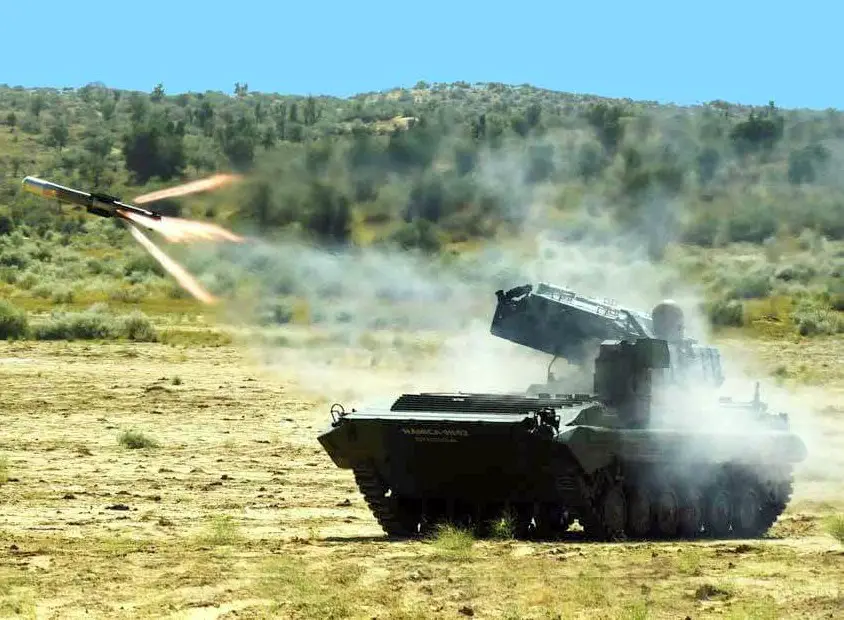The Indian army should at last receive its long-delayed indigenous NAG antitank guided missiles, whose range reaches 7 to 8 kilometers. 300 units should be delivered “soon”. But 3,000 are needed by the Army.

Test fire of a NAG antitank guided missile (Credit: DRDO)
The Nag was one of the five missile systems planned to be developed in the 1980s by the Defence Research and Development Organisation (DRDO) under the Integrated Missile development Programme (IMDP). But this programme got stuck for various problems.
In the next few days, the Defence ministry will consider a proposal to acquire 300 Nag missiles and around 25 Nag Missile Carriers (NAMICA). The NAMICAs can carry six missiles at a time. The army will carry out more trials of the Nag missile as its requirement is of around 3,000 such missiles.
After the NDA government started giving a push to 'Make in India' in the defence sector, the Nag missile would be the second long-pending project of the DRDO to come true in armed forces after the successful induction of the Tejas Light Combat Aircraft into the Air Force. The major success in the Nag programme was achieved after the DRDO missile complex developed the indigenous seeker for the Nag missile, which helped it in hitting targets successfully. The earlier imported seeker used in the missile could not differentiate between the tank and its surrounding desert sand, as the temperature difference between the two was almost negligible during the summer season. "The fire-and-forget Nag missile with the indigenous seeker can successfully target enemy tanks even in the worst desert conditions during summer with great accuracy," sources said.
Faithful to the “Make in India” policy, Defence minister Nirmala Sitharaman has also been laying special stress on developing Indian defence products which can be used for improving the export of military hardware from here as it is almost negligible at this time. In the recent times, the DRDO missile complex has been working on reducing dependence on imported missile systems due to successful development of various indigenous weapon systems such as the Akash air defence system.















